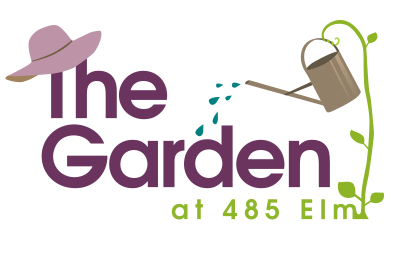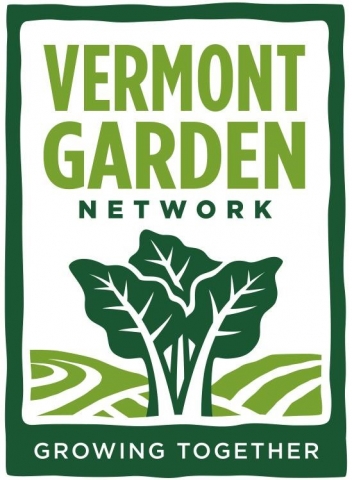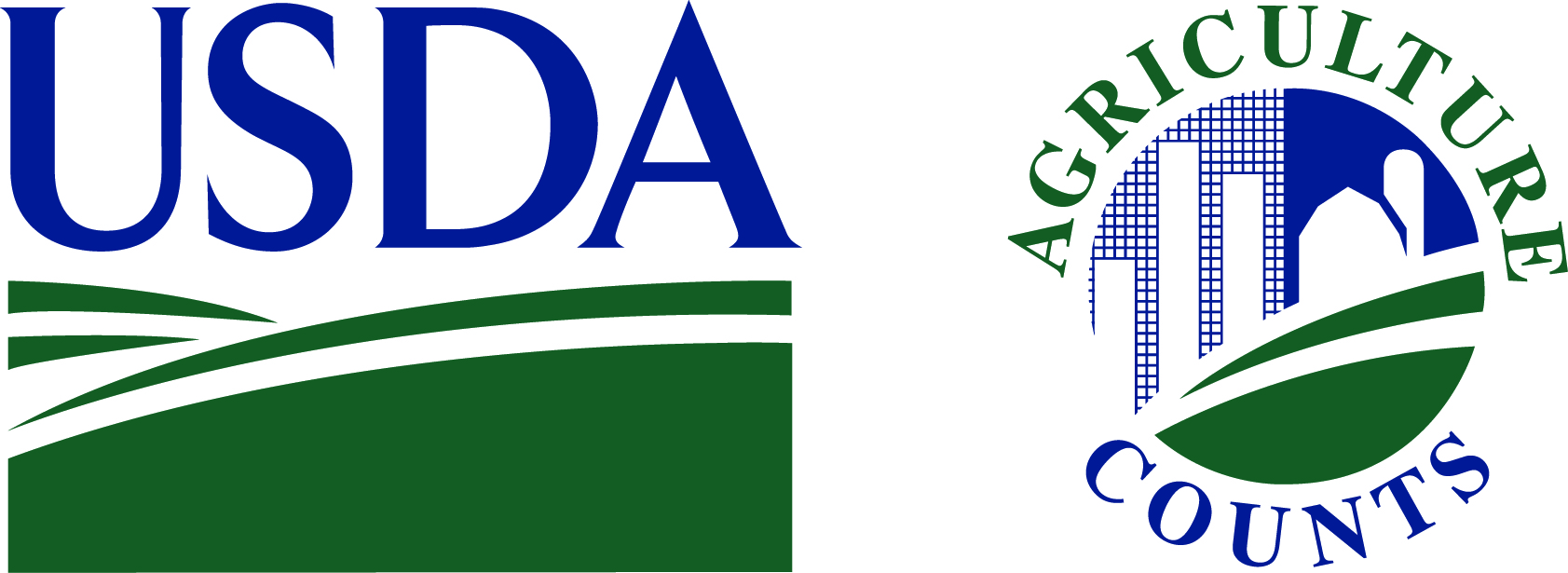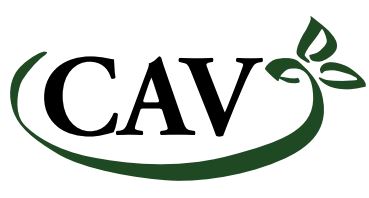Every September, gardeners keep an eye on the forecasted low temperatures. Protecting and harvesting frost-sensitive crops rises to the top of the to-do list.
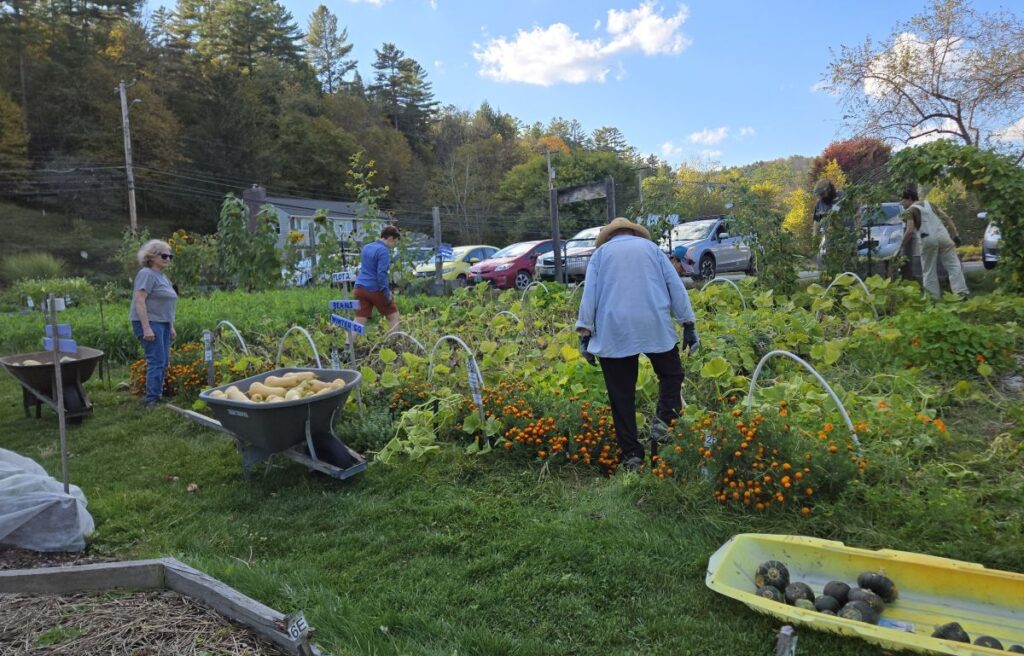
Winter squash comes out at frost time. The squashes can handle a bit of frost, but the vines die back, so the fruits won’t grow any larger. The varieties that historically grow well here are butternut and delicata. Buttercup is a favorite among gardeners, so we grow those too and accept that they do better some seasons than others.
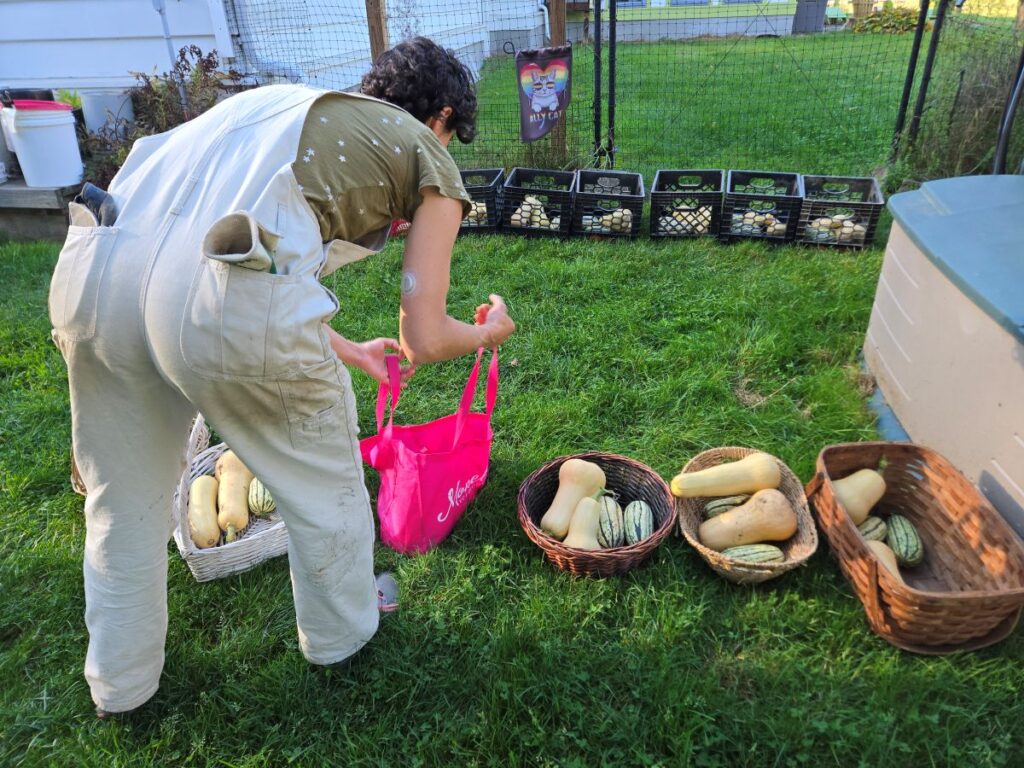
Most garden crops are self-serve and plentiful. Winter squash among the few crops we harvest all at once and divide according to the number of gardeners that season. The other share-divided crops are edamame, garlic, onions and shallots, and potatoes.
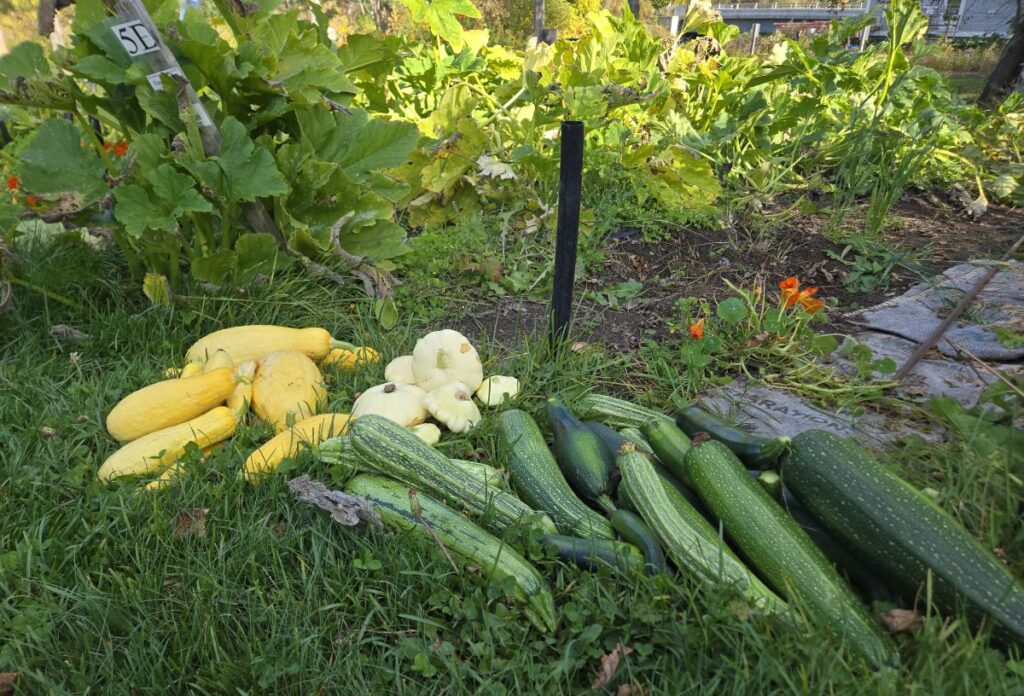
So they didn’t get lost to frost, the summer squash beds were scoured and their bounty shared.
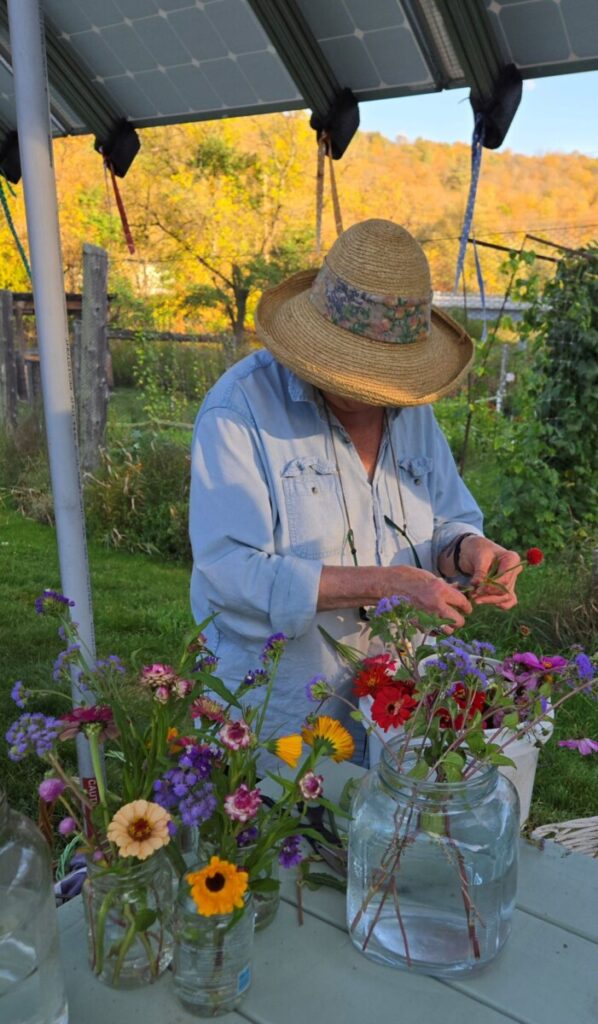
Cutting flowers are a very popular garden crop. A gardener who harvested these beautiful blooms arranged them in bouquets for gardeners to take home. Flowers are important for pollinators’ needs and gardeners’ joy.
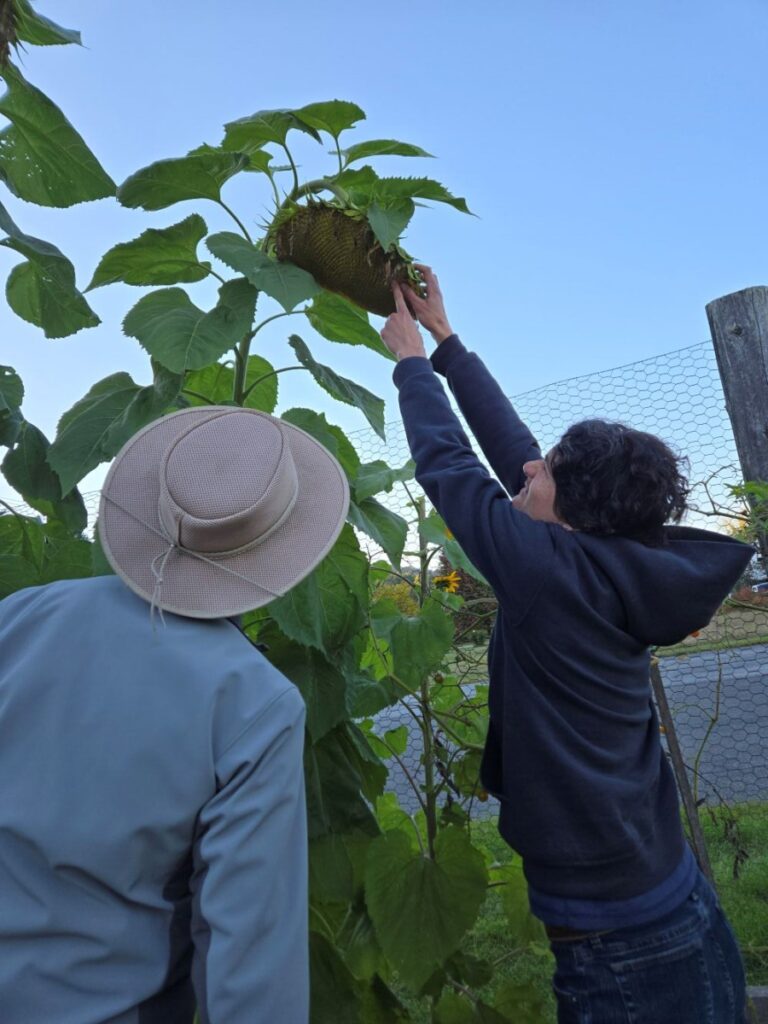
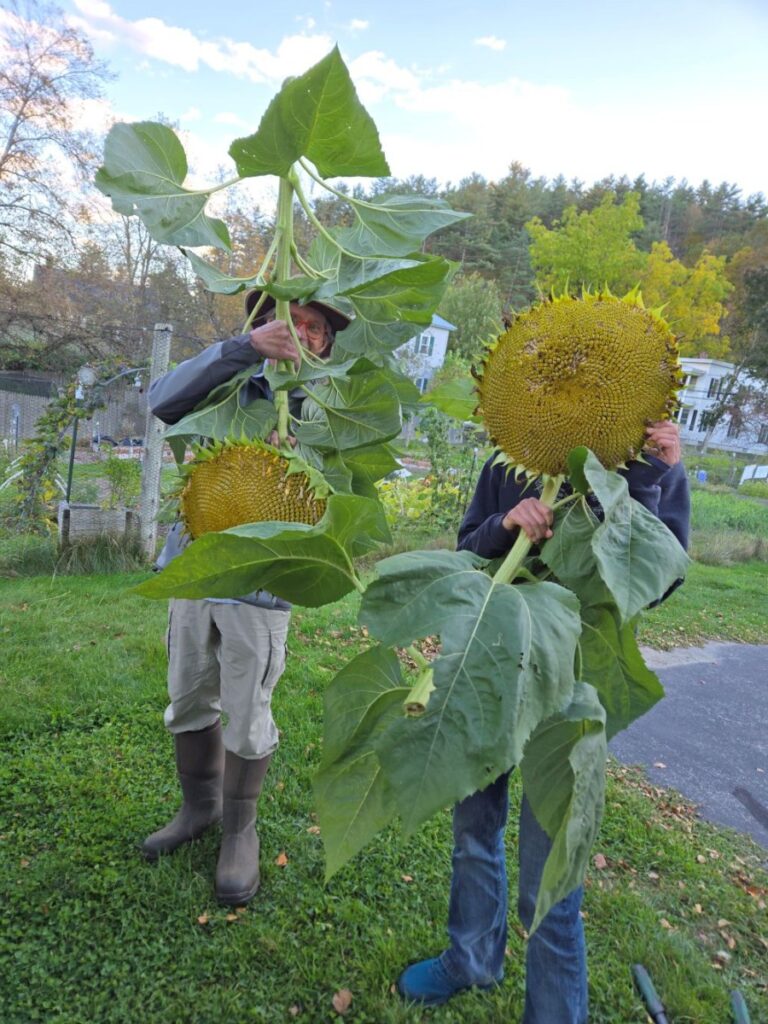
Dozens of sumptuous sunflowers grew along the garden’s north fence, some of them reaching fifteen feet tall! We leave flowers and other plants in the garden to help birds and other animals through the winter. Two huge sunflowers will be an experiment in seed production. As always, time is a crucial garden ingredient, along with sun, rain, soil, seeds, pollinators, gardeners, and the community and earth we share.
